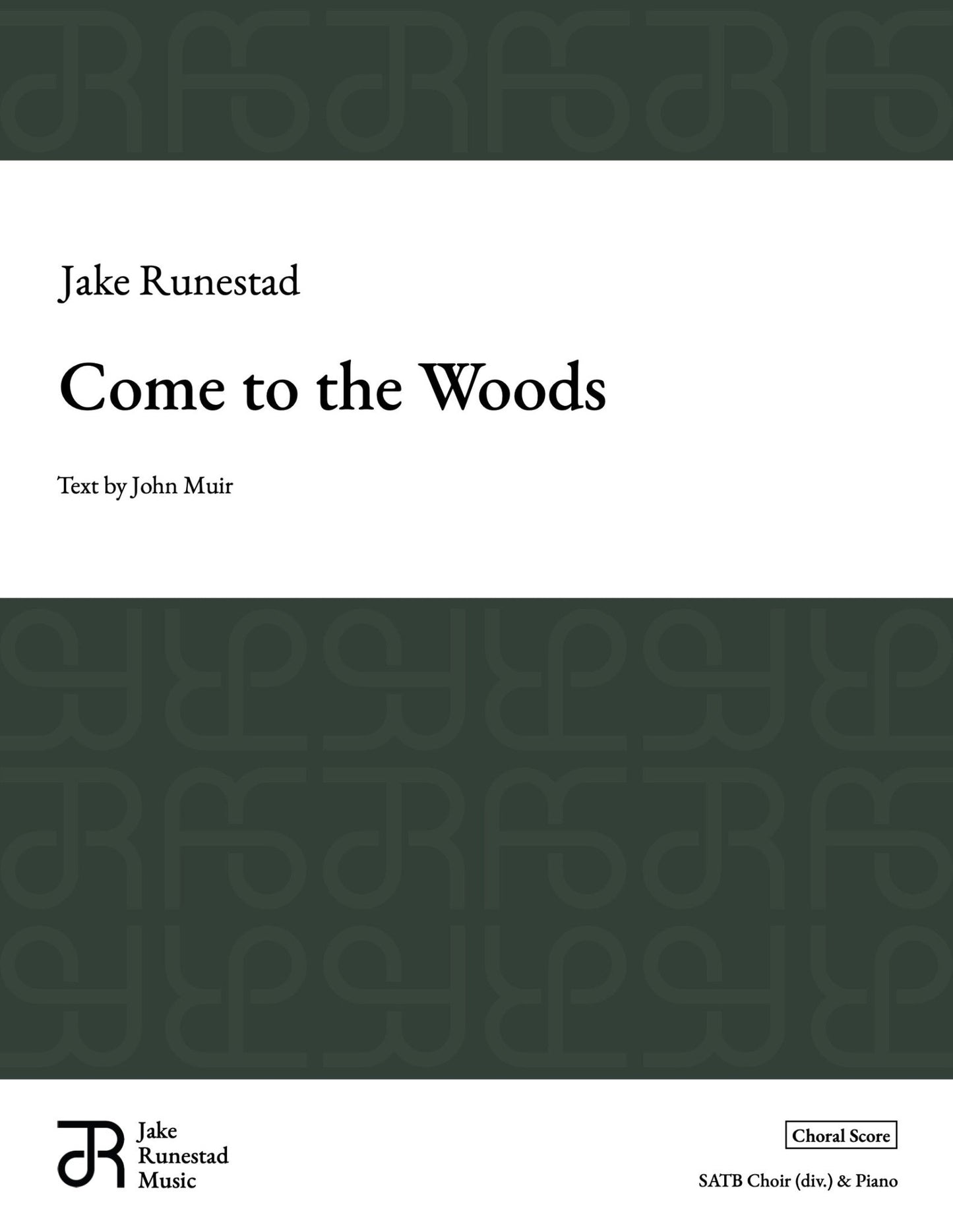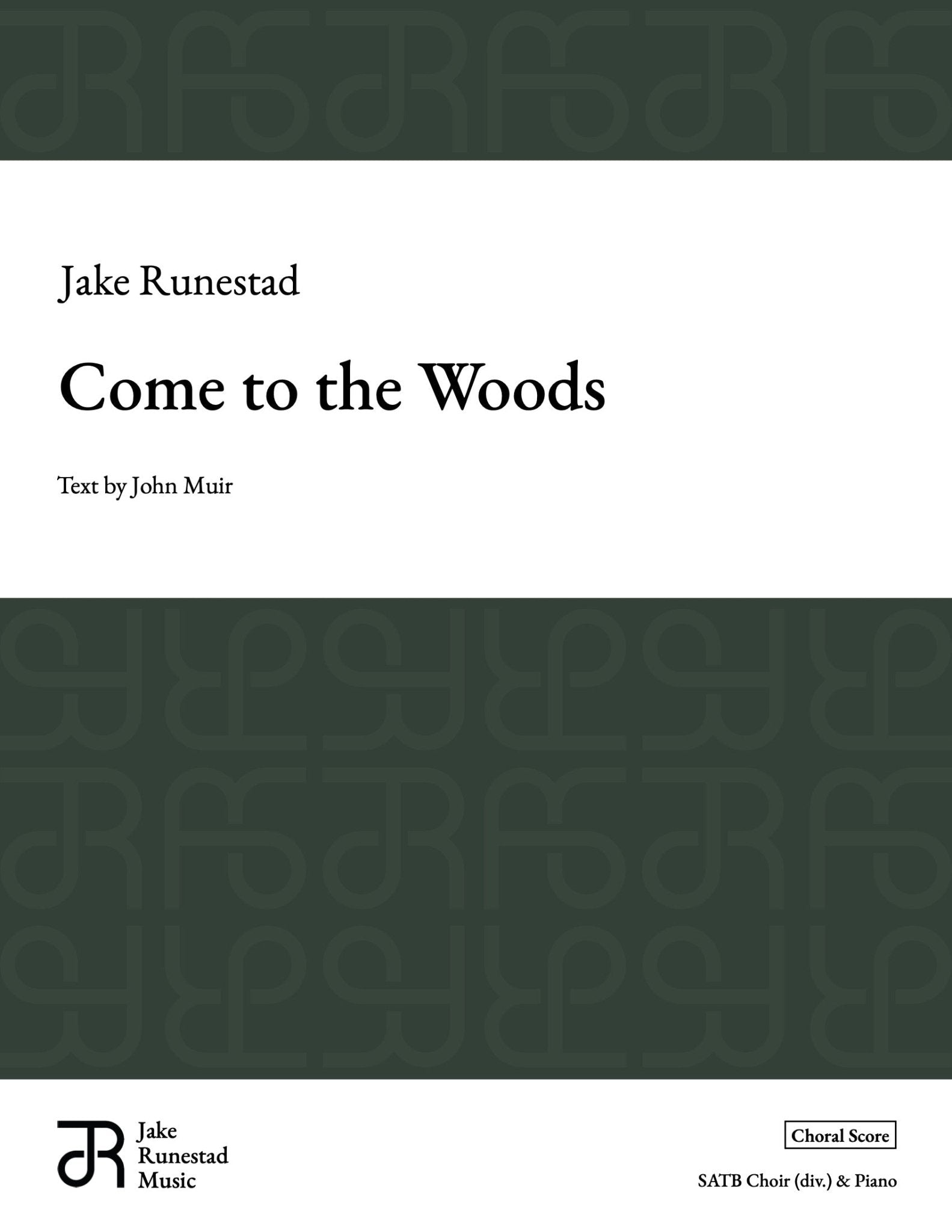SKU:JR0052
Come to the Woods
Come to the Woods
Couldn't load pickup availability

"Come to the woods, for here is rest."
- John Muir
| About |
Famed Scottish-American naturalist and conservationist John Muir had a giddy, child-like excitement for the natural world. After a youth spent in Scotland and Wisconsin, he found himself transformed by his first visit, around age 30, to California's Yosemite Valley. With the vast mountainous landscape and the surreal size of the sequoia and redwood trees, these woods captured him and became his playground, his classroom, and his sanctuary.
Muir was an avid "saunterer” and a profound thinker who would venture into the woods for days with a bit of food and a book of Emerson poetry in hand. Inspired by the beauty of the wilderness and a lifelong love for words, Muir penned a vast collection of eloquent and vivid writings. In one quintessentially Muirian account, he is so fascinated by a storm that he climbs up a tall Douglas Fir to experience it more intensely. "Come to the Woods” explores Muir's inspirations and the transporting peace found in the natural world. Using a collage of fragments from Muir’s writings, the work ventures from the boisterous joy of a "glorious day," to the quiet whispering of wind, to the rejuvenating power of a storm, to the calming "amber light" when the clouds begin to clear. I hope it captures the self-discovery and sustenance one encounters while exploring the outdoors and its vital importance in our lives. As Muir writes, "I only went out for a walk, and finally concluded to stay out till sundown, for going out, I found, was really going in." |
| Instrumentation |
SATB with divisi & piano |
| Duration | 11:00 |
| Year Completed | 2015 |
| Commissioner |
Grammy-winning Conspirare and conductor Craig Hella Johnson. |
| Text |
Come to the Woods
Another glorious day, the air as delicious The day was full of sparkling sunshine, The mountain winds bless the forests with love. When the storm began to sound, The sounds of the storm were glorious with The storm-tones died away, and turning toward the east, Taken from writings by John Muir, adapted by the composer. |
| Errata |
August 2024 Updates: Note values in measures 5, 15, 47, 64, 66, 67, 80 (rhythm change), and 143 (and all iterations thereafter) have been changed to allow for simpler releases on the beat. See the latest score for reference. |
| Donations | A portion of the proceeds from this work will be donated to the Sierra Club Foundation. |
| More Info |
|

